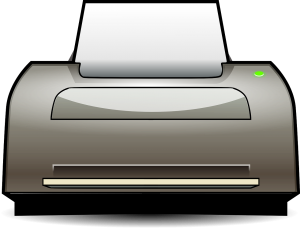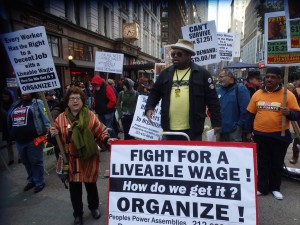Talk about killing two birds with one stone: the 529 college savings plan, operating very much like a retirement plan, not only saves up some on the expense for college later on life, but cuts down on your taxes over time. A nice little tax shelter benefiting you in the long run and ensuring your kids get the quality college education they deserve.
But How Does the 529 College Savings Plan Work?
Also known as qualified tuition programs (QTPs), the way contributions work for these types of plans is that it allows you to defer your taxes. All your contributions to these ‘accounts’, if you wish to call them that, are tax-free. It, therefore, means that when it comes time for your budding college student to leave the family nest and venture out into the unknown, you can pull the funds out and not pay any federal tax for the tuition costs, room, and board. Even better is the benefit that you most likely won’t even have to worry about any state tax if the beneficiary, your child going to college, sticks with a university that’s in the same state. Like we said: killing two birds with one stone, education and finances.
This ultimately saves you on the taxes, as a veritable tax shelter, cutting down with these beneficial credits. Plans do vary, so sign up with the Income Tax Planning Network right away and then consult your ITPN specialist to see what your options are. You may have a variety of lifetime contribution limits, some ranging around $200K, so crunch your numbers and see what you’ve got.
Because the Future of Your Child’s Education Ultimately Revolves Around Your Future Finances
Click here for more information about other tax shelters you can take advantage of, plus some information about tax advice when divorcing, or other business tax write-offs you need to know about. Remember: information is power. Planning is power. And here’s where you get a bunch of it.
Share
Follow Us!

 Campus Computer Center Will Already Have One!
Campus Computer Center Will Already Have One!
